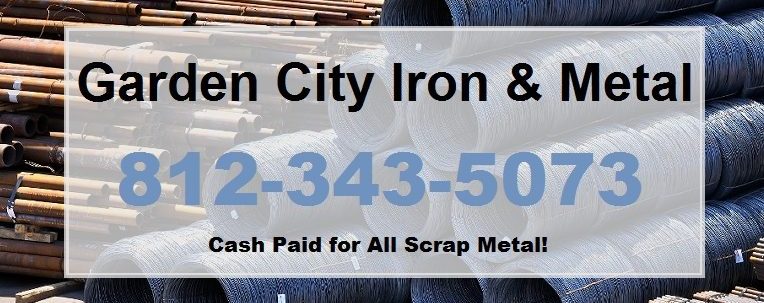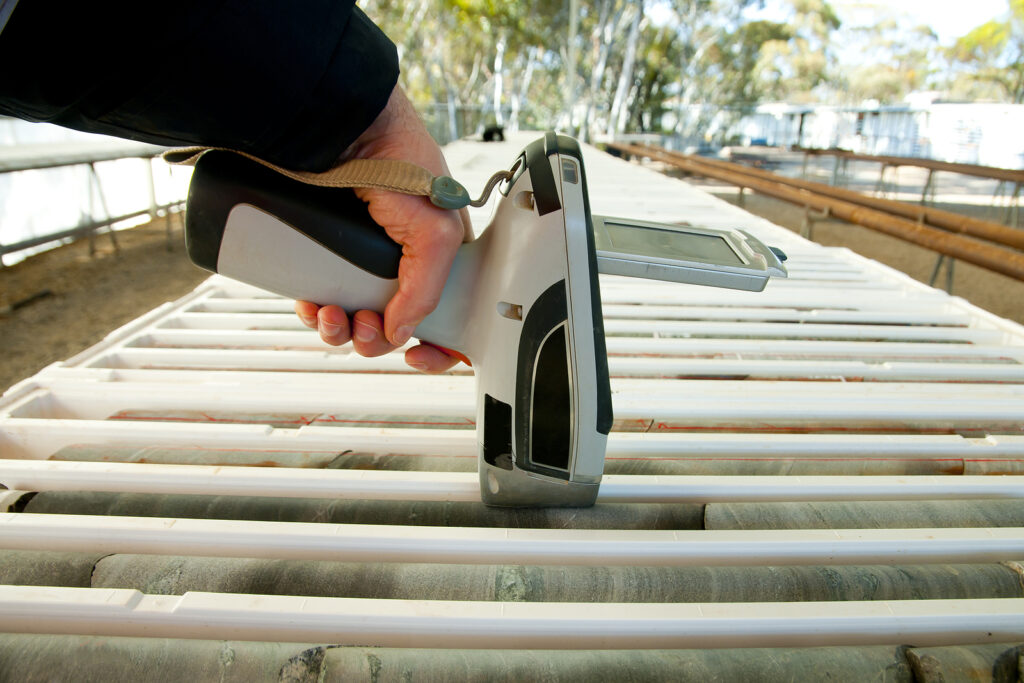If you are trying to determine whether an object of metal is ferrous or not, these two quick and simple methods will confirm results in no time.

What is Ferrous Metal?
Ferrous simply means iron, which means that ferritic metals contain nominal traces of iron. Common examples of ferrous metal include steel, stainless steel (unless it is a high-caliber stainless steel heavily galvanized with nickel), carbon steel, and tin. Nonferrous metals, like aluminum, brass, and copper, do not contain iron.
So, how do you know if something made of metal contains ferritic properties? Try these two fast and easy tests to make your confirmation.
► Magnet Test
Ferrous metals are attracted to magnets. Your refrigerator is donned with a cluster of magnets because it contains iron metal. So, the next time you need to test metal to tell if it is ferrous or nonferrous, simply grab one of your refrigerator magnets and see if it sticks. If the magnet drops off instantly, the object does not contain iron and therefore, is not ferrous, or nonferrous.
► Rust Observation Test
Another test that might be even quicker than the first is the rust observation test. You see, ferrous metal does not rust, which is caused by a process known as oxidation. When the properties of nonferrous metal are exposed to oxygen, rust will begin to form. If you examine your object for rust and find none, you are likely dealing with a ferrous metal. But to be sure, try the magnet test too.
Using X-Ray Metal Analyzers
For some metal objects and commodities, deciphering the metal composition in detail is not so cut and dry. Metal analyzing equipment and technologies, such as XRF analyzers, are used to precisely confirm the metal constituents within an object.
Are you ready to sell your ferrous and nonferrous metals for cash on the spot? Contact Garden City Iron & Metal at 1-888-586-5322 to speak with a professional scrap metal buyer in Indianapolis, Indiana. We accept all metals.
Related Posts:
The Price Difference Between Ferrous and Non-Ferrous Metal
FAQS About White Rust
The Discerning Attributes of Ferrous and Non-Ferrous Metal


